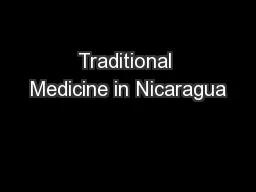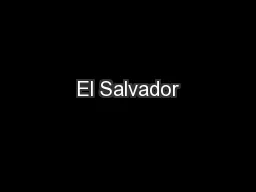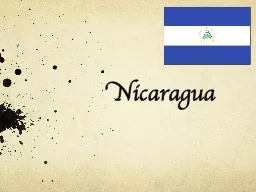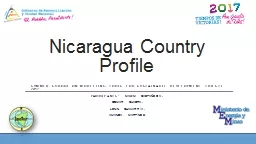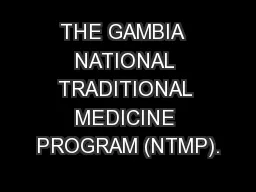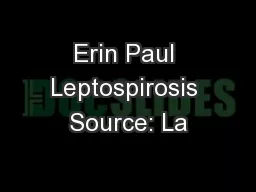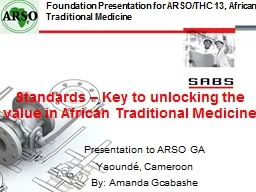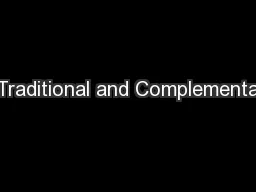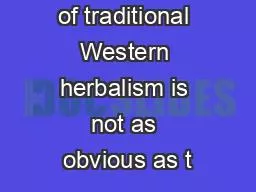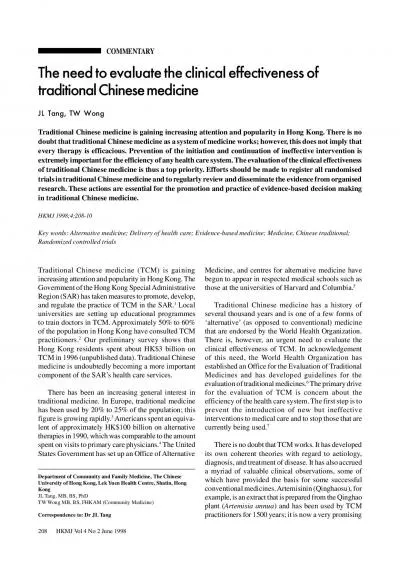PPT-Traditional Medicine in Nicaragua
Author : celsa-spraggs | Published Date : 2018-12-08
Angela Hana Dave LACS 20 Overview Ethnic Groups 3 Indigenous Tribes out of 6 present groups Spanish Speaking Mestizo English Speaking Creoles Miskitu Miskito Mayangna
Presentation Embed Code
Download Presentation
Download Presentation The PPT/PDF document "Traditional Medicine in Nicaragua" is the property of its rightful owner. Permission is granted to download and print the materials on this website for personal, non-commercial use only, and to display it on your personal computer provided you do not modify the materials and that you retain all copyright notices contained in the materials. By downloading content from our website, you accept the terms of this agreement.
Traditional Medicine in Nicaragua: Transcript
Download Rules Of Document
"Traditional Medicine in Nicaragua"The content belongs to its owner. You may download and print it for personal use, without modification, and keep all copyright notices. By downloading, you agree to these terms.
Related Documents

